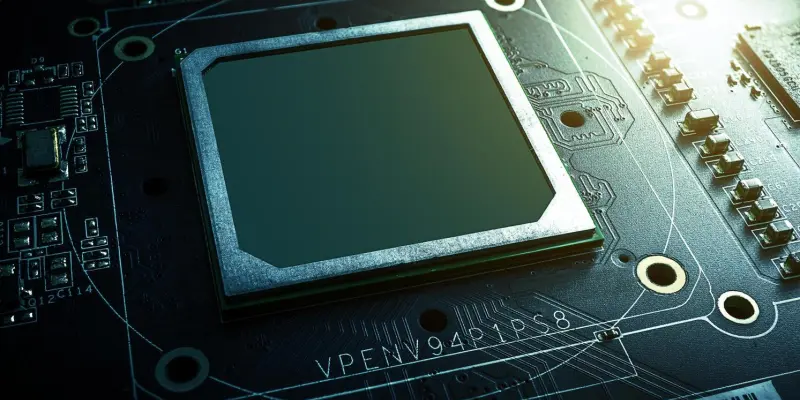Within the fiercely competitive world of graphics processing units (GPUs), AMD’s launch of the Radeon RX 9060 XT series promises potential shakeups in the gaming landscape. As technology enthusiasts and gamers anticipate its debut at Computex, particular intrigue surrounds its capacity to rival NVIDIA’s RTX 5060 Ti. This series showcases AMD’s determination to fortify its position with two distinct models: an 8 GB and a 16 GB variant. Both versions rely on the Navi 44 die, paired with a 128-bit bus interface to enhance efficiency in handling 1080p and 2K gaming environments. The integration of 2,048 stream processors aims to streamline gaming performance, allowing for higher clock speeds that support demanding gameplay. Retail focus, notably by ASUS, has largely centered on the 16 GB model, indicating industry movement towards greater VRAM capacities. Indicative of a broader strategy to meet gamer expectations, AMD’s competitive pricing and technical advancements might very well contribute to reshaping GPU standards.
Performance and Market Strategy
The Radeon RX 9060 XT series taps into AMD’s extensive technical reserves, aiming for operational superiority that appeals both to casual and dedicated gamers alike. This release demonstrates an awareness of burgeoning needs, emphasizing peak efficiency through finely-tuned clock speeds and stream processors. Despite the substantial lead NVIDIA maintains in the market, AMD has discerned avenues for differentiation among its GPU offerings. Embracing a competitive pricing schema, the 9060 XT aligns itself with NVIDIA’s pricing strategies, endeavoring to provide value without compromising performance. The 16 GB variant, in particular, is posited as a front-runner, with increased VRAM opening doors to refined textures and multiplayer game scenarios that previously demanded premium-priced hardware. Such calibration assures longevity within the gaming milieu while capturing attention for those seeking hardware upgrades. AMD’s approach underscores a gradual shift in gaming preferences that emphasize both accessibility and advanced functionalities.
Future Implications in Technology and Gaming
In the intensely competitive realm of graphics processing units (GPUs), AMD’s unveiling of the Radeon RX 9060 XT series is likely to stir the gaming industry. With gaming and tech enthusiasts eagerly awaiting its showcase at Computex, there’s a buzz over its potential to compete closely with NVIDIA’s RTX 5060 Ti. AMD aims to strengthen its market position by offering two models: an 8 GB and a 16 GB variant. Utilizing the Navi 44 die and a 128-bit bus interface, these models promise enhanced processing for 1080p and 2K gaming experiences. They incorporate 2,048 stream processors, designed to boost performance with heightened clock speeds for intense gaming scenes. ASUS has directed its retail efforts toward the 16 GB model, hinting at an industry trend favoring increased VRAM. Through strategic pricing and technological innovations, AMD is setting the stage to redefine GPU benchmarks, meeting the growing expectations of today’s gamers and potentially reshaping industry standards.

